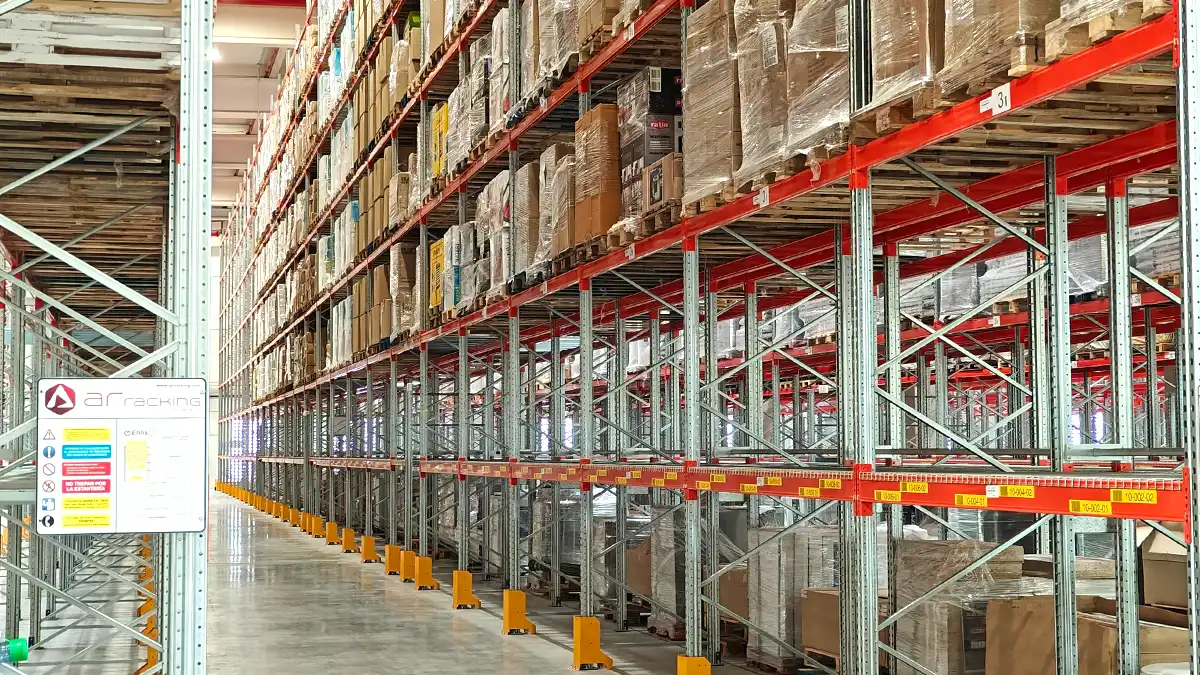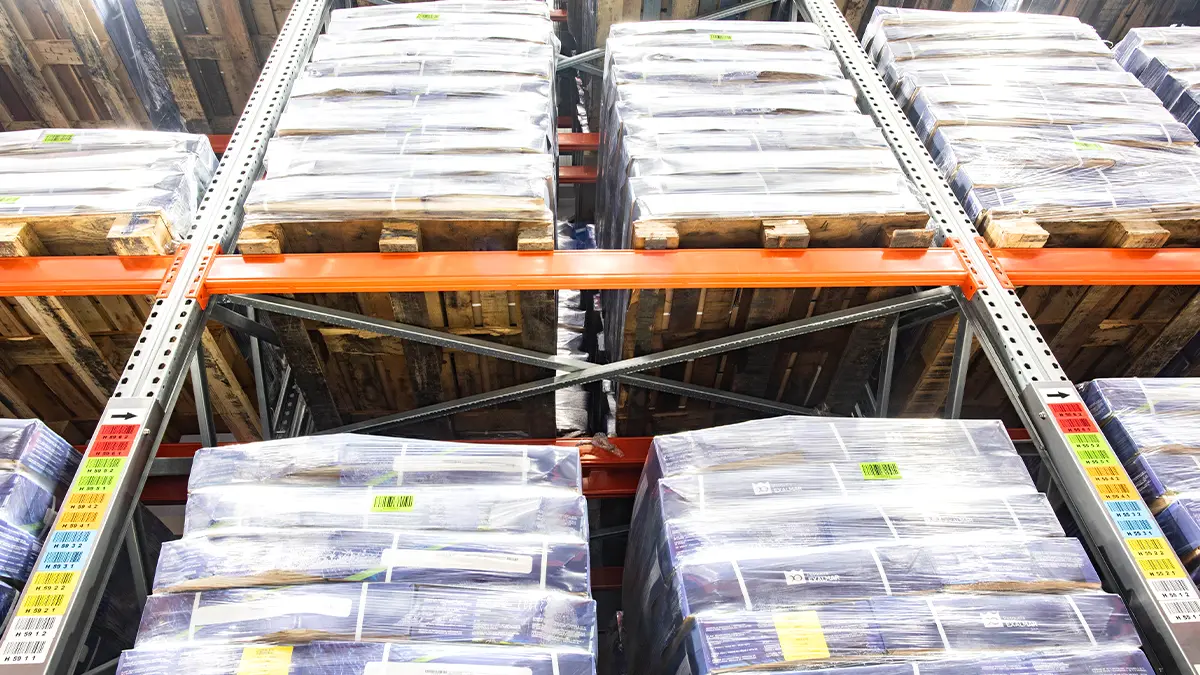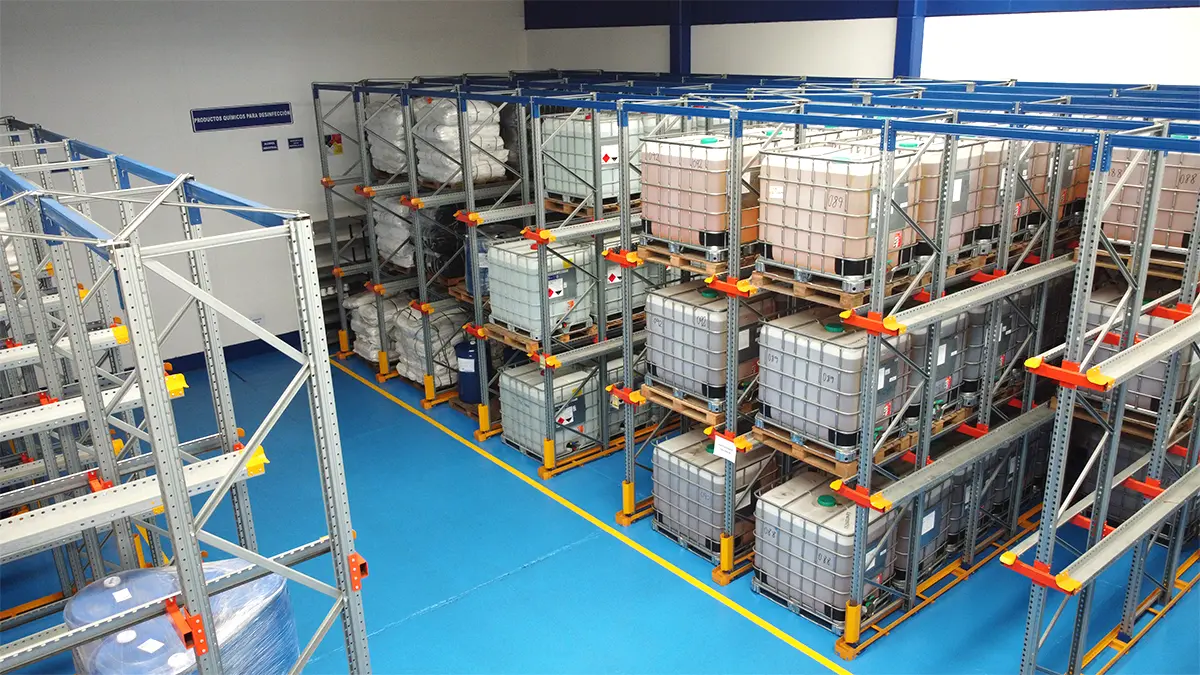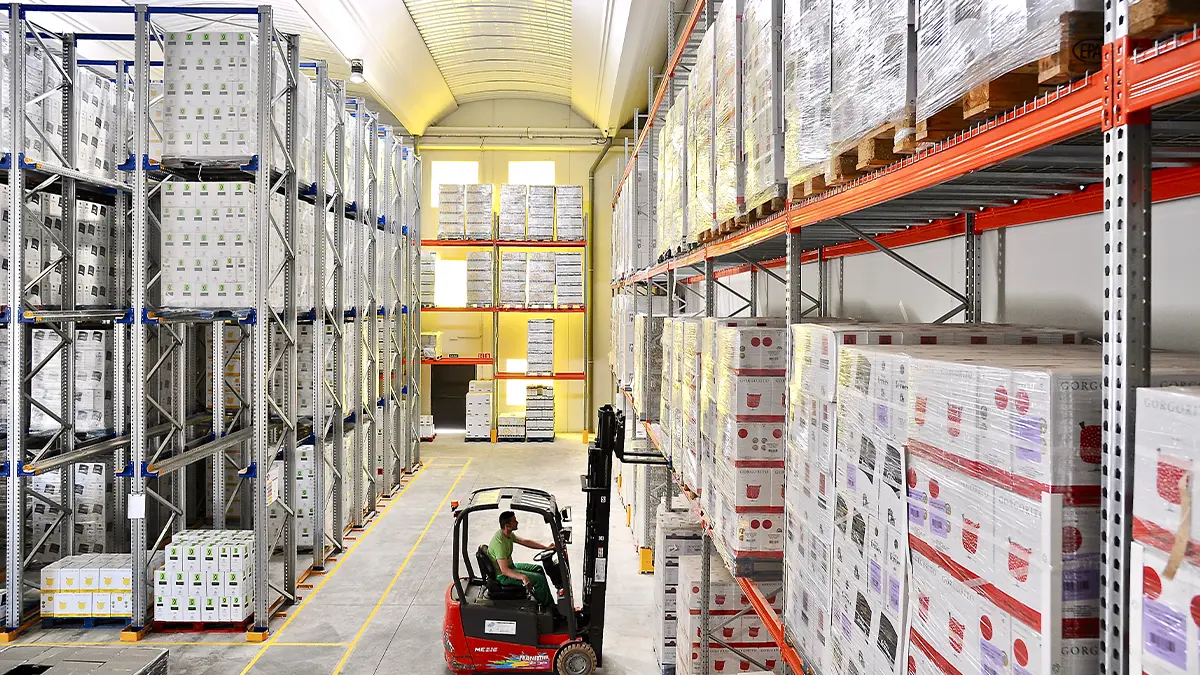In the world of logistics and inventory management, the concept of minimum stock plays a crucial role. Maintaining the right balance between product availability and minimising costs is essential for any company that manages inventory. In this article, we will take a close look at what minimum stock is, its importance, how to optimise it, calculate it and its associated benefits.
What is Minimum Stock?
Minimum stock refers to the minimum quantity of a product that must be held in inventory to ensure that there are no supply disruptions. This level of stock acts as a safety cushion to prevent stockout situations that could affect production or sales. Understanding this concept is vital for any company seeking to ensure a smooth and efficient operation.
Why is Minimum Stock management important?
Adequate management of minimum stock is essential in the supply chain; the advantages of its usefulness are listed below:
- Prevention of stockout situations: Maintaining adequate minimum stock ensures that there is always enough product available to meet demand, thus avoiding lost sales and dissatisfied customers.
- Reduced costs: Properly managed minimum stock helps reduce storage costs and costs associated with excess inventory.
- Improved operational efficiency: With a well-defined minimum stock, replenishment operations can be planned more efficiently, reducing the time and resources necessary to manage inventory.
- Flexibility and adaptability: Allows companies to adapt rapidly to changes in demand without incurring significant additional costs.
How is Minimum Stock optimised?
Optimising minimum stock involves a series of strategies and practices that can help maintain the right balance. As already mentioned, implementing these strategies not only improves operational efficiency, but also helps reduce costs and increase customer satisfaction:
- Analysis of demand: Use historical data and predictive analytics tools to estimate future demand and adjust minimum stock accordingly.
- Regular Inspection of inventory: Carry out regular inventory audits to ensure that minimum stock levels are adequately maintained.
- Implementation of inventory management systems: Use specialised software that automates inventory tracking and management, facilitating the optimisation of minimum stock.
- Collaboration with suppliers: Build strong relations with suppliers to ensure fast and reliable delivery times, which will help to maintain lower minimum stock levels without stockout risks.
Calculation and Cost-Benefit
The calculation of minimum stock is based on several factors, including average demand, replenishment time and demand variability. A widely used formula is:
Minimum Stock = Average Daily Demand × Replenishment Time + Safety Stock
The cost-benefit analysis of maintaining an adequate minimum stock can be significant and should consider aspects such as:
- Capital tied up in inventory: Money invested in maintaining minimum stock could be used in other areas of the business, representing an opportunity cost.
- Opportunity costs: Maintaining inventory ties up capital that could be invested in other growth opportunities or in improving operations.
- Risk of stockout: If minimum stock is not correctly calculated, there is a stockout risk, which may lead to lost sales and dissatisfied customers.

Stock management methods: Comparison
There are several methods for managing inventory, each with its own characteristics and benefits. A comparative table is presented below which provides a broader context on how these methods can be applied in different business scenarios, helping companies to choose the one best suited to their needs. This comparison is crucial for understanding the advantages and disadvantages of each method and how they can affect operational efficiency and cost management.
Minimum Stock
- Description: This method is based on maintaining a minimum level of inventory to meet demand until the next order is received. It is a strategy used to avoid stockout and to ensure that products are always available for customers.
- Advantages: Cost reduction is one of the main advantages, as capital tied up in in inventories is minimised. Additionally, operational efficiency is improved by reducing the storage space required and costs associated with maintaining inventory.
- Disadvantages: This method requires constant analysis and frequent adjustments to ensure the right minimum stock level. If it is not correctly managed, it can lead to stockout events, which could result in lost sales and customer dissatisfaction.
Just in Time (JIT)
- Description: The Just in Time method involves receiving inventory just when it is needed for production, minimising the time materials spend in the warehouse. This strategy is focused on efficiency and reducing waste.
- Advantages: By maintaining stock at minimum levels, storage costs are significantly reduced. What’s more, always having fresh and updated materials available can improve production efficiency and the quality of the final product.
- Disadvantages: Dependence on suppliers is a significant risk, as any delay in delivery can disrupt the production chain. This can lead to production downtime and the inability to meet delivery deadlines.
Regular Inspection
- Description: This method involves inspecting and replenishing inventory at regular intervals, such as weekly, monthly or at any other predetermined period. It is a strategy that makes inventory planning and management easier.
- Advantages: It simplifies inventory management, as inspections are performed at predefined times, making planning easier. It is also easy to implement and does not require advanced technology or complex systems.
- Disadvantages: It can result in excess stock or shortages between inspections, which can lead to additional storage costs or lost sales due to stockout.
Continuous Inspection
- Description: In this method, inventory is continuously monitored and automatically replenished when it reaches a predefined reorder point. It is a strategy that uses advanced technology to maintain constant control of inventory.
- Advantages: It maintains an optimum level of stock, reducing stockout risks and enabling a fast response to changes in demand. This ensures that there is always sufficient inventory to meet customer needs.
- Disadvantages: It requires costly monitoring systems and advanced technology to work properly. Implementing and maintaining these systems can be complex and expensive, which may be a barrier to some companies.

Logistical challenges in defining Minimum Stock
Minimum stock management presents various logistical challenges, including the need for precise planning, dependence on suppliers and variability in market demand. Companies must be ready to face these challenges by implementing robust inventory management strategies and using advanced technologies. The key is to find the right balance that maximises operational efficiency and minimises costs, while ensuring the continuous availability of products to meet customer demand.
At AR Racking we can help you tackle these logistical challenges by improving your warehouse facilities with the storage system best suited to your needs. Contact our team of advisers who will be happy to offer you personalised solutions of the highest quality.













